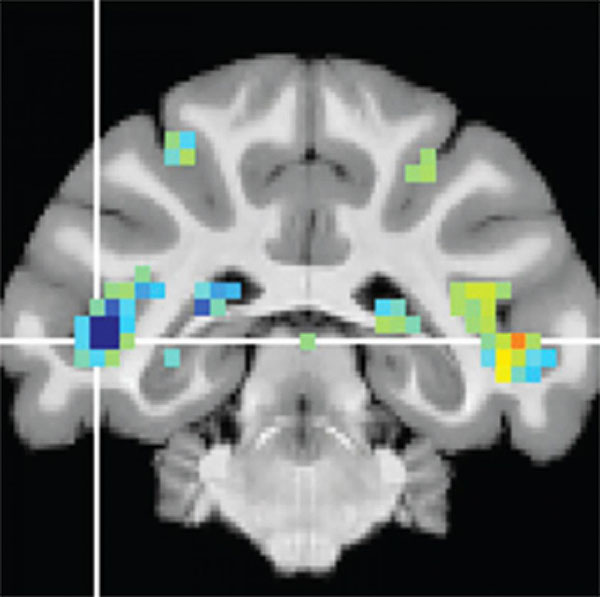IRP researchers discover brain area crucial for recognizing visual events
Researchers at the National Eye Institute (NEI) report that a brain region in the superior temporal sulcus (fSTS) is crucial for processing and making decisions about visual information. The findings, which could provide clues to treating visual conditions from stroke, appear today in the journal Neuron. NEI is part of the National Institutes of Health.
“The human visual system recognizes, prioritizes, and categorizes visual objects and events to provide actionable information,” said Richard Krauzlis, Ph.D., chief of the NEI Section on Eye Movements and Selective Attention and senior author of the study. “We were surprised to learn that the fSTS is a crucial link in this story-building process, passing information from an evolutionarily ancient region in the midbrain to highly specialized regions of the visual cortex.”
While aspects of visual processing begin in the eye, crucial steps in visual attention start in the superior colliculus, a part of the midbrain that handles a variety of sensory input. Previous work in Krauzlis’ lab showed that neuronal activity in the superior colliculus is necessary for the brain to notice an event in the visual field and decide that it is significant.
This page was last updated on Friday, January 21, 2022
